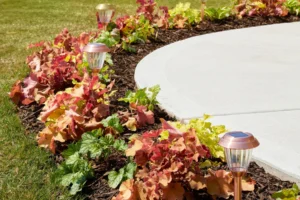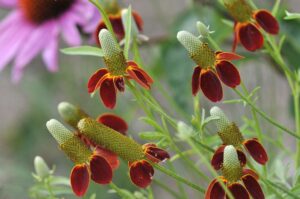How to Grow and Care for Peonies
Peonies are among the most beloved garden perennials in the United States, known for their stunning blooms, intoxicating fragrance, and impressive longevity. These classic flowers can thrive for decades—even outliving their gardeners—when properly cared for. Whether you’re a beginner or experienced gardener, growing peonies can be a rewarding experience that provides years of beauty in your landscape.
Understanding Peony Basics
Before diving into planting and care, it’s important to understand what you’re working with. Peonies fall into three main categories:
- Herbaceous peonies: Die back to the ground each winter, returning in spring
- Tree peonies: Woody shrubs that lose their leaves but maintain their structure year-round
- Intersectional (Itoh) peonies: Hybrids that combine qualities of both herbaceous and tree varieties
According to the United States Department of Agriculture (USDA), peonies generally perform best in hardiness zones 3-8, though specific varieties may have different requirements. You can check your growing zone on the USDA Plant Hardiness Zone Map.
Choosing the Perfect Location
Peonies can live for generations, so choosing the right spot from the beginning is crucial for their long-term success.
Sunlight Requirements
Peonies need adequate sunlight to produce their spectacular blooms:
- Full sun (6+ hours daily): Ideal for most varieties
- Partial shade (4-6 hours): Acceptable, especially in hotter climates (zones 7-8)
- Full shade: Not recommended—results in poor blooming and weak stems
Soil Conditions
Your peonies will thrive in soil with these characteristics:
- Well-draining: Peonies hate “wet feet”
- Rich in organic matter: Provides necessary nutrients
- pH level: Slightly acidic to neutral (6.0-7.0)
- Deep: Peonies develop extensive root systems
If you’re unsure about your soil quality, consider having it tested. Many university extension offices offer affordable soil testing services that can help you determine what amendments might be needed.
Planting Peonies for Success
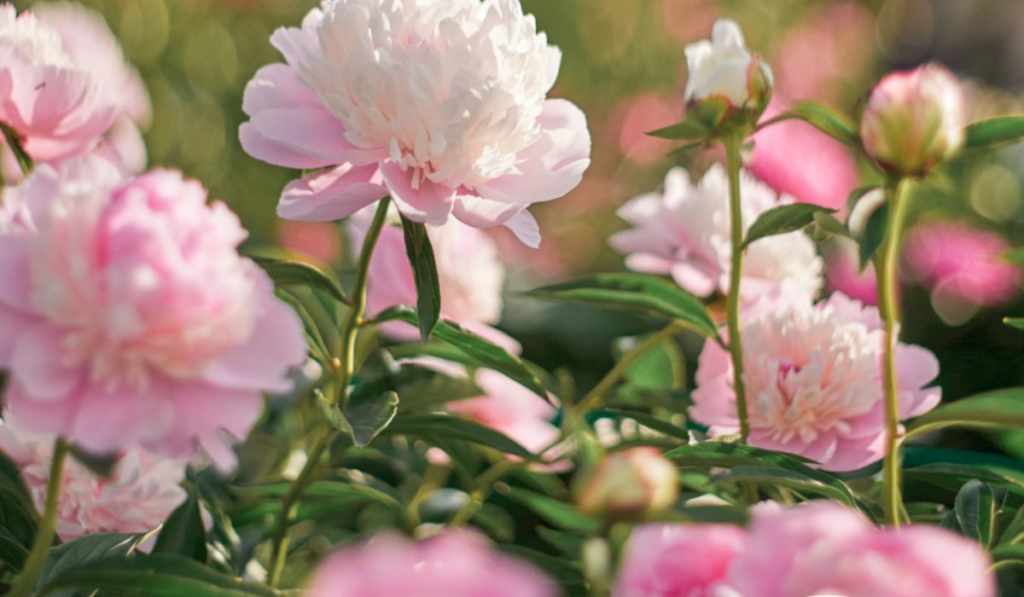
When to Plant
Timing is everything when it comes to planting peonies:
Herbaceous and Intersectional Peonies:
- Fall planting (September-October): Ideal timing for most of the US
- Spring planting: Possible but may delay blooming for a year
Tree Peonies:
- Can be planted in either fall or spring
- Fall planting still preferred for stronger establishment
Planting Depth
One of the most common mistakes gardeners make is planting peonies too deeply:
| Peony Type | Planting Depth (Eyes/Buds) | Notes |
|---|---|---|
| Herbaceous | 1-2 inches below soil surface | Deeper planting reduces blooming |
| Tree | Graft union 4-6 inches below soil | Protects the graft in cold climates |
| Intersectional | 2-3 inches below soil surface | Follow nursery recommendations |
Spacing Requirements
Give your peonies room to grow:
- Herbaceous peonies: 3-4 feet apart
- Tree peonies: 4-5 feet apart
- Intersectional peonies: 3-4 feet apart
Step-by-Step Planting Guide
- Prepare the soil by digging a hole 12-18 inches deep and 18 inches wide
- Mix in compost or well-rotted manure to improve soil structure
- Create a mound in the center of the hole
- Position the peony roots over the mound, with eyes/buds pointing upward
- Backfill with soil to the appropriate depth for your peony type
- Water thoroughly after planting
- Add a thin layer of mulch (2-3 inches) to retain moisture and prevent weeds
Year-Round Peony Care
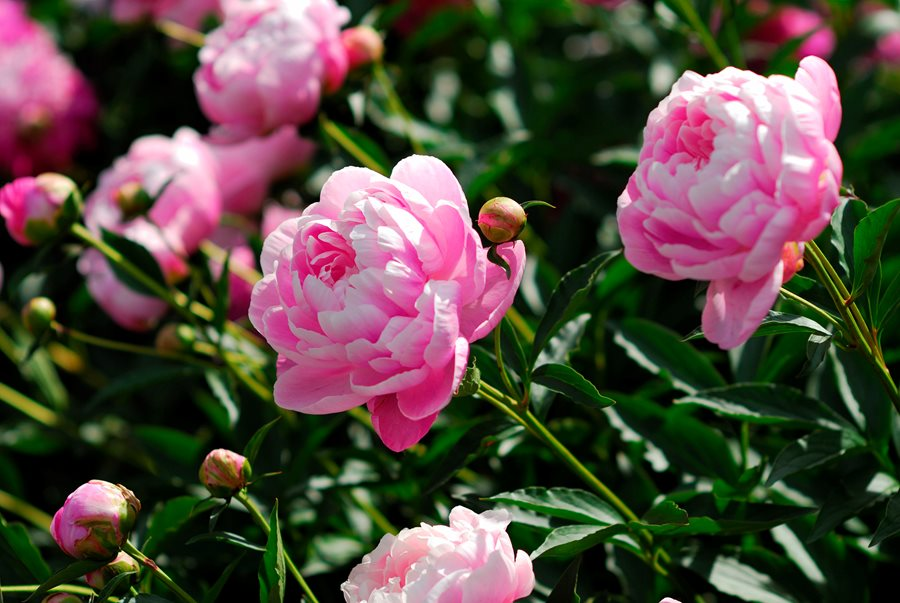
Watering Practices
Proper watering is essential, especially during the first few years:
- Newly planted: Keep consistently moist but never soggy
- Established plants: 1 inch of water per week during growing season
- Drought conditions: Increase watering, focusing on deep soaking
- Fall and winter: Reduce watering as plants enter dormancy
Fertilizing Schedule
Feed your peonies appropriately to encourage healthy growth and abundant blooms:
- Early spring: Apply a balanced, low-nitrogen fertilizer (like 5-10-10)
- After blooming: Light application of compost or balanced fertilizer
- Late summer/fall: Avoid fertilizing to allow proper dormancy
The National Gardening Association recommends avoiding high-nitrogen fertilizers, which can promote lush foliage at the expense of flower production.
Supporting Your Peonies
Many herbaceous peonies produce large, heavy blooms that benefit from support:
- Install supports early: Set up peony rings or stakes in early spring before growth becomes too tall
- Commercial options: Peony rings, grow-through grid supports, or tomato cages
- DIY solutions: Create a support structure using bamboo stakes and twine
Managing Pests and Diseases
While generally resilient, peonies can face several challenges:
Common Pests:
- Ants: Actually beneficial—they eat the sweet nectar on buds and help them open
- Nematodes: Can cause stunted growth; remove affected plants
- Thrips: Cause streaked or mottled petals; treat with insecticidal soap
Disease Prevention:
- Botrytis blight: Remove affected foliage and improve air circulation
- Powdery mildew: Apply fungicide at first signs and improve air circulation
- Root rot: Ensure proper drainage and avoid overwatering
According to research from Cornell University, good sanitation practices can prevent many peony diseases. Always clean up fallen leaves and stems at the end of the growing season to remove potential disease sources.
Seasonal Peony Care Guide
Spring Care
As your peonies emerge from dormancy:
- Remove winter mulch as shoots appear
- Apply fertilizer according to package directions
- Install supports before plants grow too tall
- Monitor for pests and diseases as growth accelerates
- Water consistently during active growth
Summer Care
During and after the blooming period:
- Deadhead spent flowers to improve appearance and prevent seed formation
- Cut flowers for arrangements when buds are showing color but still firm
- Maintain consistent watering during dry spells
- Avoid overhead watering to prevent foliar diseases
- Monitor for issues like powdery mildew in humid conditions
Fall Care
As the growing season winds down:
- Cut back herbaceous peonies to ground level after first frost
- Leave tree peony branches intact – only remove dead wood
- Clean up all debris around plants to reduce disease risk
- Apply a light layer of mulch after the ground freezes in colder zones
- Avoid fertilizing to allow proper dormancy
Dividing and Propagating Peonies
Unlike many perennials, peonies rarely need division and actually prefer to remain undisturbed. However, if you wish to multiply your plants:
When to Divide
- Herbaceous peonies can be divided every 10-15 years if desired
- Best time is fall (September-October) when plants are dormant
- Avoid dividing tree peonies—propagate by grafting instead
Division Process
- Cut back foliage to about 6 inches above ground
- Dig carefully around and under the entire root ball
- Lift the plant and gently remove excess soil
- Identify eyes/buds on the roots (pink or red buds)
- Cut roots into sections with at least 3-5 eyes per division
- Allow divisions to dry for 24 hours to heal cuts
- Replant promptly following standard planting guidelines
Troubleshooting Common Peony Problems
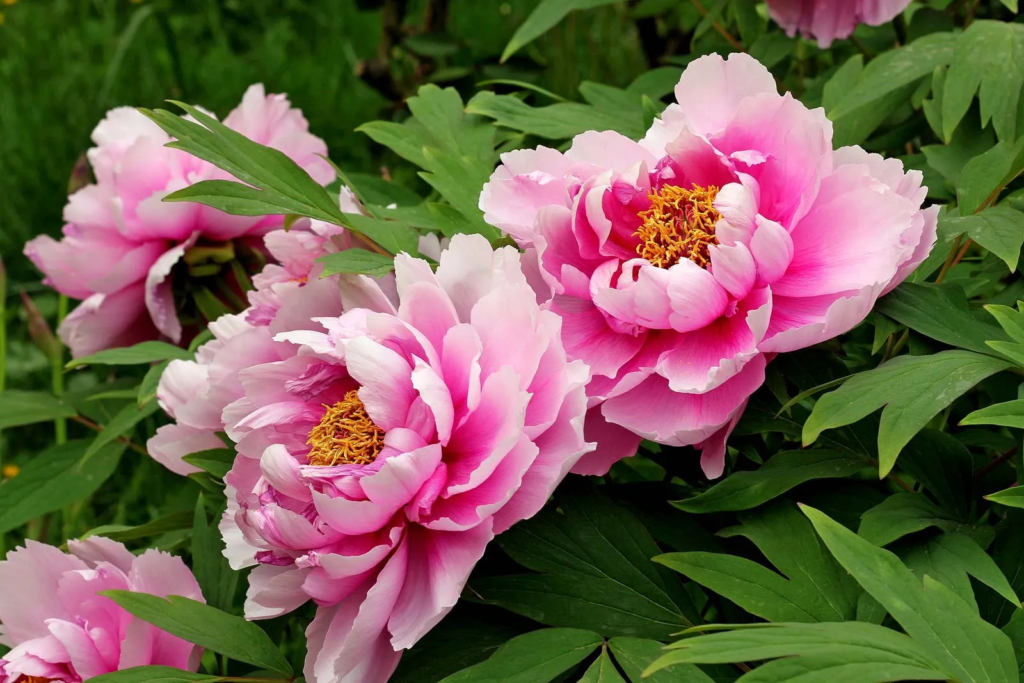
My Peonies Won’t Bloom
If your peonies fail to produce flowers, consider these potential causes:
- Planted too deeply: Eyes should be only 1-2 inches below soil surface
- Insufficient sunlight: Most varieties need at least 6 hours daily
- Too much nitrogen: Excessive nitrogen promotes foliage over flowers
- Recent division or transplanting: May take 2-3 years to reestablish
- Late frost damage: Can destroy developing buds
Buds Form But Don’t Open
This frustrating issue often has simple solutions:
- Botrytis blight: Remove affected buds and improve air circulation
- Weather conditions: Cool, wet weather can prevent proper opening
- Young plants: First-year peonies often don’t fully develop flowers
Ants on Peony Buds
Many gardeners worry about ants on their peony buds, but they’re actually beneficial:
- Ants are attracted to the sweet nectar peonies produce on their buds
- They help open the buds and protect them from other pests
- No treatment is necessary—they’ll leave once the flowers open
Enjoying Your Peony Blooms
Cutting for Arrangements
To enjoy peonies indoors:
- Cut in morning when stems are fully hydrated
- Choose buds that are showing color but still firm (“marshmallow stage”)
- Cut stems at an angle with sharp scissors or pruners
- Remove most leaves that would be below water in the vase
- Place in cold water immediately after cutting
- Change water every 2-3 days to extend vase life
Extending the Peony Season
While individual peony blooms last only 7-10 days, you can enjoy a longer season by:
- Growing early, mid, and late-season varieties
- Selecting different peony types (tree peonies bloom first, followed by herbaceous, then intersectional)
- Refrigerating cut buds to enjoy later (wrap in damp paper towel and place in plastic bag)
Conclusion
With their exquisite beauty and remarkable longevity, peonies are truly an investment in your garden’s future. By providing proper planting conditions and following these care guidelines, you can enjoy these magnificent blooms for decades to come. Remember that patience is key—peonies improve with age, often reaching their peak performance after 3-5 years in the ground.
Whether you’re growing traditional favorites or exploring the exciting world of new peony cultivars, these resilient perennials offer unmatched garden performance and bring joy to generations of gardeners.
For additional information on growing peonies and other ornamental plants, visit the USDA National Agricultural Library or contact your local extension office for region-specific advice.

